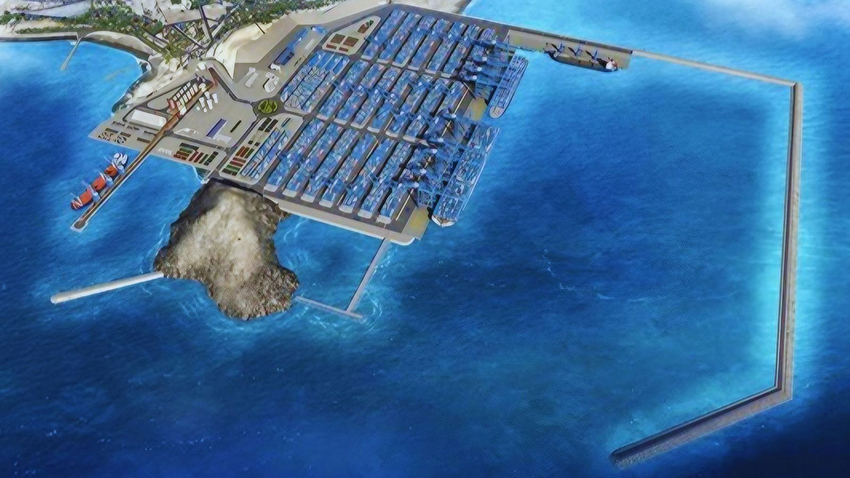Chancay port to be set as a Regional Hub!
From Shanghai to Chancay? A Peruvian port, which will become the largest on the Pacific coast of South America, is about to change the trade route to Asia from this part of the region.
About 80 kilometers from the port of Callao, which until now was the most important terminal in Peru, the port of Chancay is being built by a company with Chinese and Peruvian capital, and will be inaugurated on November 14.
16 heads of state from the 21 economies that make up the Asia-Pacific Economic Cooperation Forum will be present at the event. The ceremony will take place at the Government Palace, in an effort to guarantee the safety of the dignitaries.
The port of Chancay, with four docks in operation, will have a two-month “white run” and will begin its commercial operations at 100% at the beginning of next year with one of the most modern technologies in the world. It will have electrical and autonomous cranes and vehicles with a centralized management system, which will guarantee a carbon-neutral operation.
The port of Chancay will turn Peru into the regional hub for maritime trade to Asia, and will be Brazil’s natural gateway to Asia through the Pacific.
The new port terminal will reduce the time to transport products from Peru to Asia by approximately 10 days (from 35 to 25 days). Thus, Peruvian products will arrive at more competitive prices to their destination markets, and Peruvian consumers will be able to access products at a lower price.
The president of the Central Reserve Bank (BCR), Julio Velarde, said that the port of Chancay could contribute up to 0.9% of Peru’s gross domestic product (GDP) in 2025, demonstrating all the potential that this port terminal would bring, both for greater dynamism in foreign trade and for attracting investments in different sectors.
The Automotive Association of Peru (AAP) indicated that the launch of the Chancay port would attract large foreign investments from the transportation, logistics and services sectors. Not only will foreign trade benefit, but the execution of these investments will also generate thousands of direct and indirect jobs, revitalizing the economy of Chancay and the entire Peru.
The Chancay port has the potential to significantly influence the automotive sector in Peru, as well as in the entire region, from the import and export of vehicles to the possible installation of assembly plants.
The Government’s position is to promote the establishment of assembly plants in Chancay, mainly for electric cars, to this end it seeks to attract investments from electric car manufacturers and automotive parts and components manufacturing companies.
A necessary condition to promote the installation of electric vehicle assembly plants is the creation of a special economic zone, which would help generate the ideal environment for the development of this industry.
It is also necessary that the entire value chain required for these plants be available.
The presence of assembly plants would stimulate the growth of local suppliers, especially in auto parts and components, forming an ecosystem that could boost, among other things, the creation of a significant number of direct and indirect jobs.
Beyond the automotive industry, interest in the port of Chancay is already translating into the first investments in other sectors.
In recent months, the installation of a San Pablo clinic, the construction of an Aranwa hotel and the inauguration of a Plaza Vea in Chancay have been announced.
There are four global companies interested in investing in Peru, which are related to the technology, logistics, telecommunications and value-added raw material transformation sectors.
“In addition to a port cluster, Chancay will be a technological and logistics cluster.”
The College of Engineers of Peru (CIP) said that the port of Chancay will boost the demand for industrial engineers, who will be crucial in the optimization of logistics processes, supply chain management and the implementation of advanced technologies to improve operational efficiency.




